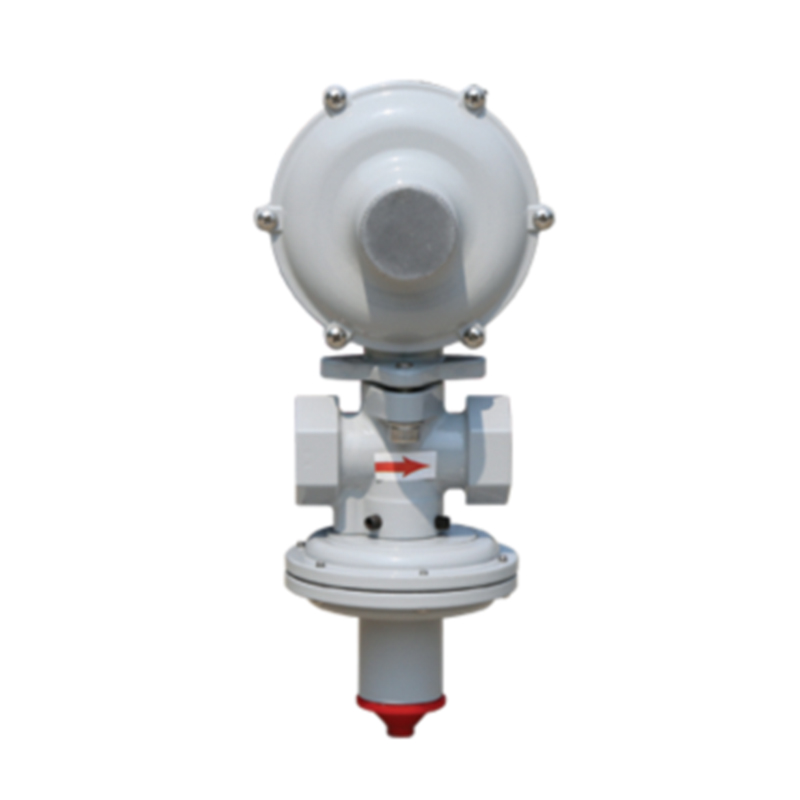
Dec . 03, 2024 14:25
Back to list
natural gas pressure reducing valve
Understanding Natural Gas Pressure Reducing Valves
Natural gas is a crucial energy source that powers homes, industries, and vehicle fleets. However, it must be delivered at safe and usable pressures to ensure efficient and reliable energy supply. This is where pressure reducing valves (PRVs) come into play. A natural gas pressure reducing valve is an essential component of a gas distribution system, designed to regulate the pressure of gas as it moves from high-pressure transmission lines to the lower pressure typically required for domestic or industrial applications.
What is a Natural Gas Pressure Reducing Valve?
A natural gas pressure reducing valve is a device that reduces the high pressure of natural gas to a lower, manageable level. The higher pressure in the transmission lines ensures that gas can travel efficiently over long distances, but once it reaches its destination, such as a residential or commercial building, the pressure must be lowered for safe use. PRVs ensure that the pressure is reduced to the specified limit required for appliances such as heaters, stoves, and boilers.
How Does a Pressure Reducing Valve Work?
The operation of a PRV is based on the principles of fluid dynamics and mechanical engineering. It generally consists of a diaphragm, a spring-loaded mechanism, and an outlet port. The valve controls gas flow by adjusting the opening size based on the pressure difference. When high-pressure gas enters the valve, it exerts force on the diaphragm. Depending on the settings of the spring mechanism, the valve will either restrict or allow the gas to pass through the outlet port at a pre-determined lower pressure.
One of the critical features of PRVs is their ability to maintain a constant outlet pressure despite variations in inlet pressure or flow rates. This constant output is crucial for the safe operation of appliances, preventing potential malfunctions or hazards due to pressure fluctuations.
Types of Natural Gas Pressure Reducing Valves
There are several types of pressure reducing valves suitable for natural gas applications, each designed for specific uses
natural gas pressure reducing valve

1. Single-Stage Pressure Regulators These are used for applications where the pressure drop from the inlet to the outlet is not significant. They are suitable for systems where a moderate flow rate is required.
2. Two-Stage Pressure Regulators These regulators reduce pressure in two steps, allowing for a more precise control of the outlet pressure. They are commonly used in applications where variations in gas supply pressure can occur, ensuring a stable output.
3. Electronic Pressure Regulators These advanced devices use sensors and electronic controls to monitor and adjust gas pressure dynamically, providing highly reliable performance even in fluctuating conditions.
Importance of Regular Maintenance
Regular maintenance of natural gas pressure reducing valves is essential to ensure their long-term functionality and reliability. Over time, dirt and debris may accumulate within the valve, leading to reduced performance or failure. Routine inspections can identify signs of wear, leaks, or malfunctions, allowing for timely repairs or replacements. Additionally, testing the pressure settings should be a part of regular checks to verify correct operation.
Safety and Compliance
Natural gas pressure reducing valves are critical to maintaining safety in gas systems. They must comply with strict regulatory standards and codes. Proper installation and regular maintenance not only ensure safe operation but also help in avoiding leaks or catastrophic failures. In many regions, regulations require monitoring and reporting of gas pressures, emphasizing the necessity for reliable PRVs in the distribution network.
Conclusion
In conclusion, natural gas pressure reducing valves serve a vital function in ensuring the safe and efficient delivery of natural gas from transmission systems to end-users. Their capability to regulate pressure helps maintain home and industrial safety while optimizing the performance of gas appliances. Understanding their operation, types, and maintenance needs not only enhances the efficiency of gas distribution systems but also ensures compliance with safety standards. As natural gas continues to play a significant role in our energy landscape, the importance of reliable pressure regulation cannot be overstated. Regular attention to these valves will help secure their functionality, ensuring that we can utilize this indispensable resource safely and effectively.
Next:
Latest news
-
Safety Valve Spring-Loaded Design Overpressure ProtectionNewsJul.25,2025
-
Precision Voltage Regulator AC5 Accuracy Grade PerformanceNewsJul.25,2025
-
Natural Gas Pressure Regulating Skid Industrial Pipeline ApplicationsNewsJul.25,2025
-
Natural Gas Filter Stainless Steel Mesh Element DesignNewsJul.25,2025
-
Gas Pressure Regulator Valve Direct-Acting Spring-Loaded DesignNewsJul.25,2025
-
Decompression Equipment Multi-Stage Heat Exchange System DesignNewsJul.25,2025

